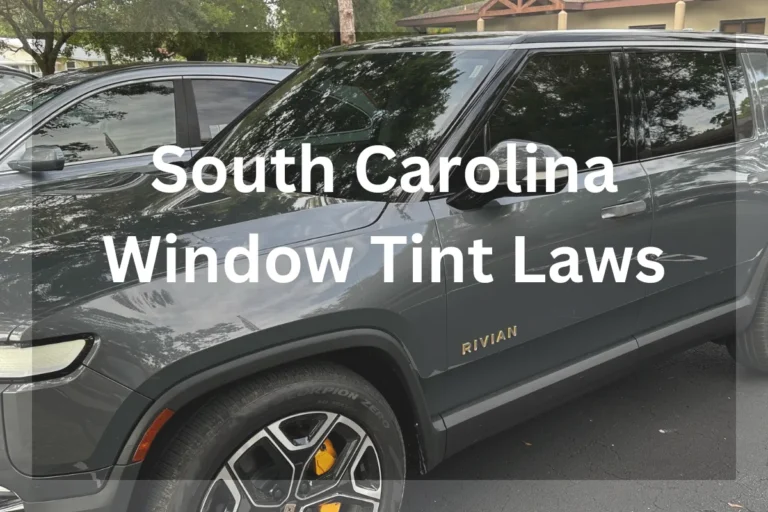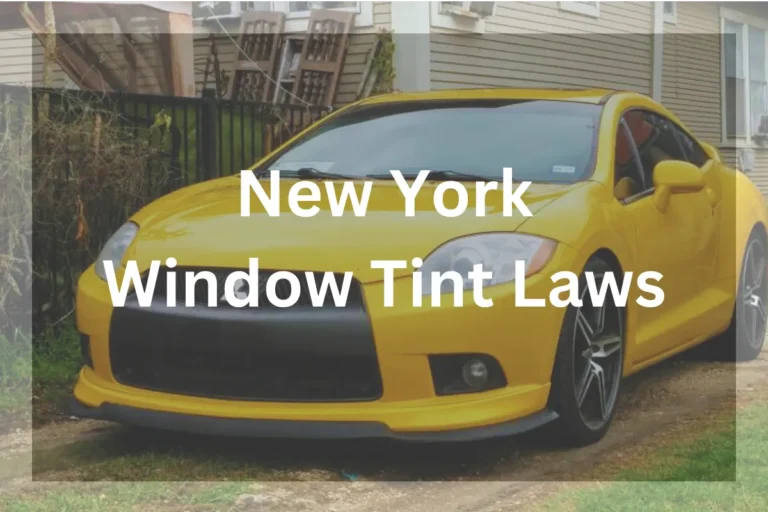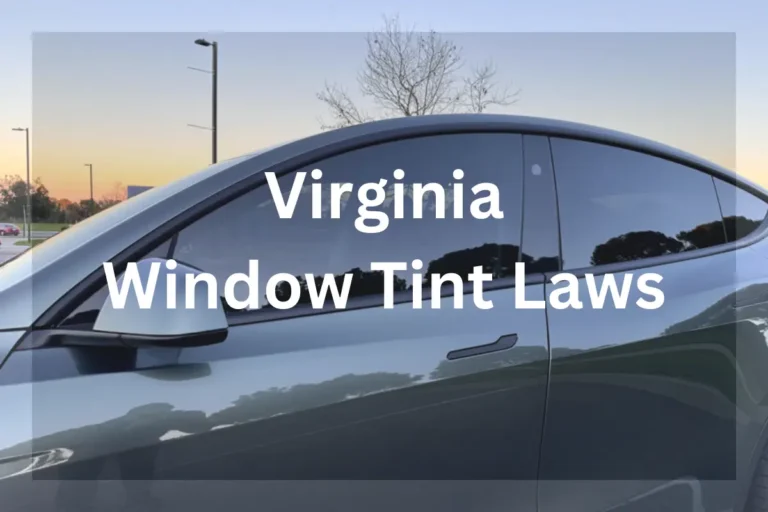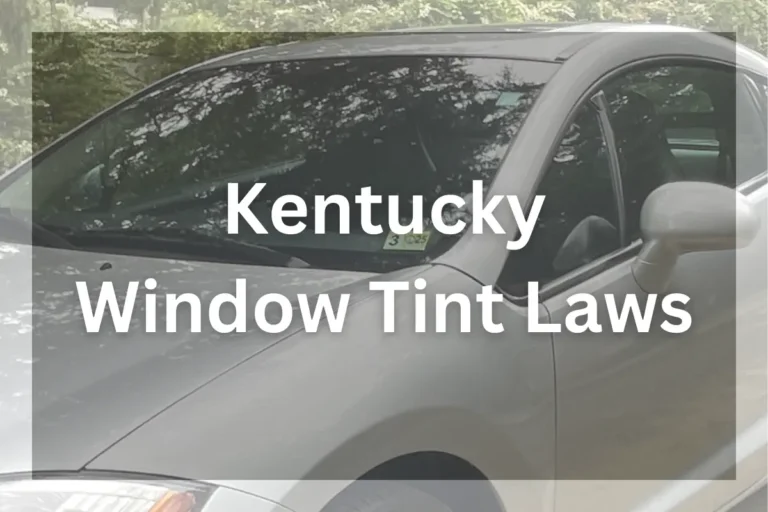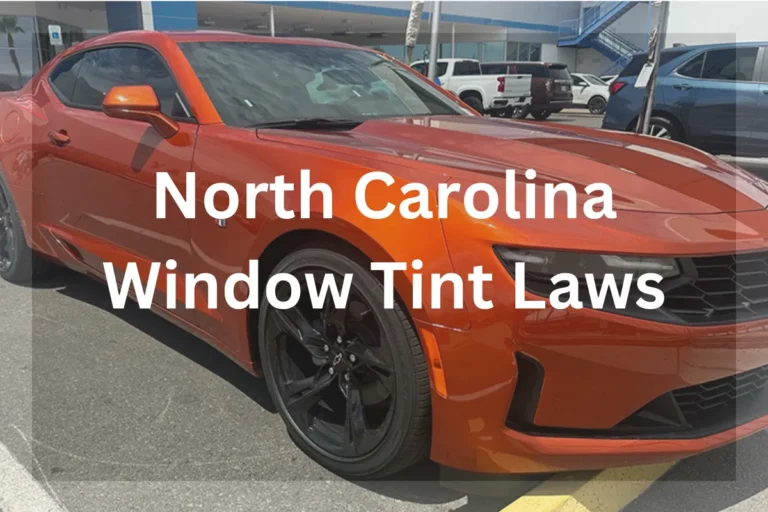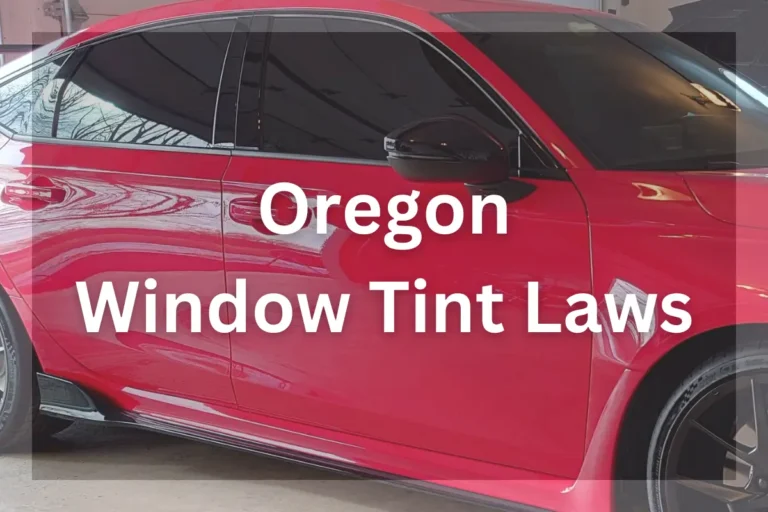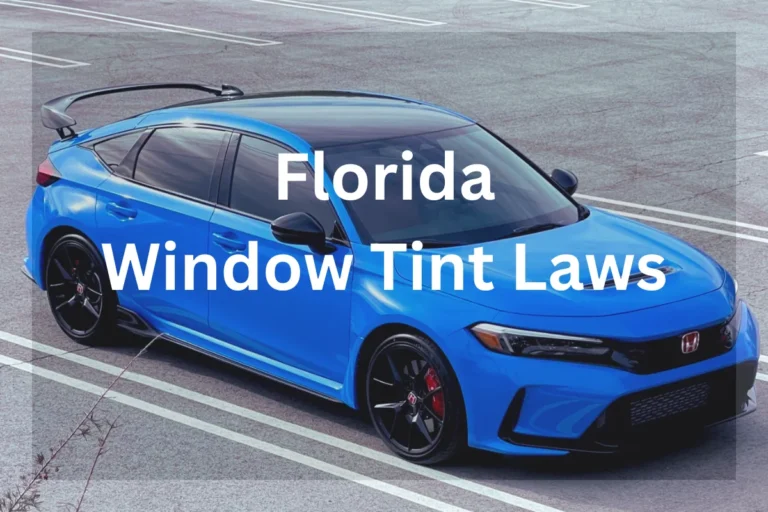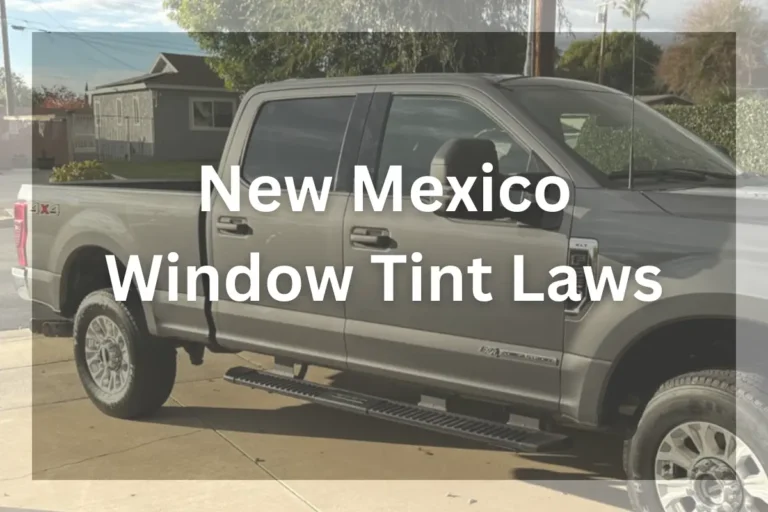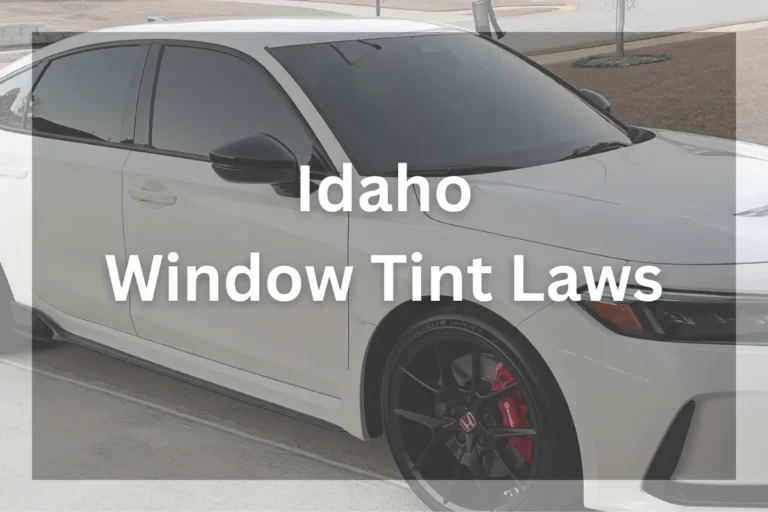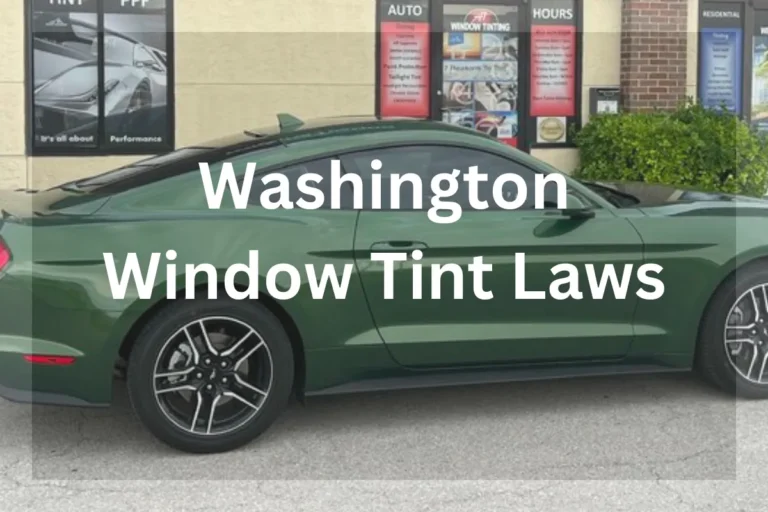South Carolina Window Tint Laws 2025
Cruising down the beautiful South Carolina coast with the sun beating down? Window tint can be a tempting addition to your car, offering both comfort and protection. But before you get that sleek, dark look, it’s important to understand South Carolina tint laws. Not all tints are created equal, and some can land you with…
